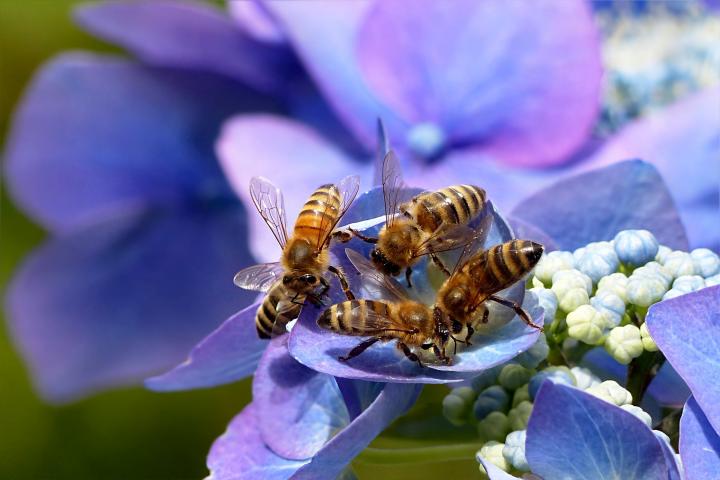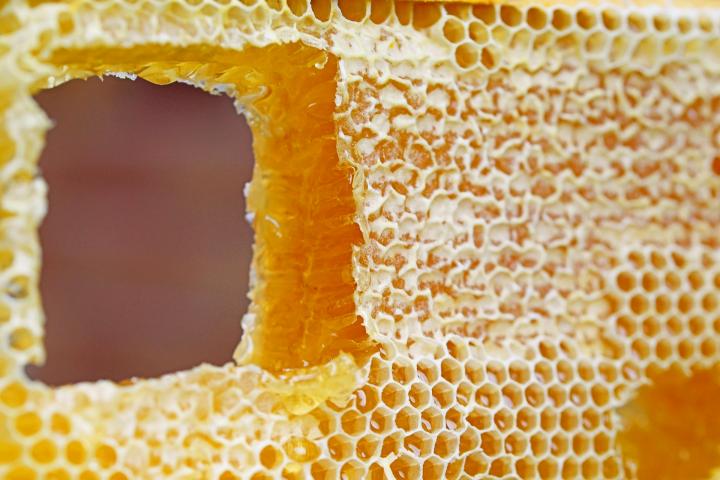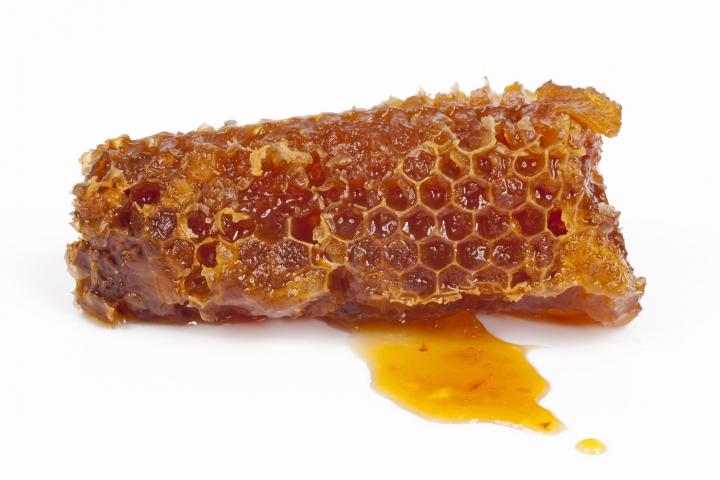Is there anything tastier than fresh, local honey? Once you’ve established your bee colony, it’s time to start collecting your own supply of honey! Here’s how it’s done.
“The only reason for being a bee that I know of is making honey… And the only reason for making honey is so I can eat it.”
–Winnie-the-Pooh (1926) by A. A. Milne
Collecting Your Own Honey
Having an endless source of honey right in your backyard may sound luxurious, but many new beekeepers have unrealistic expectations regarding honey production.
For example, bees do not make honey year-round in most regions, and for many of us, it won’t be until the second year that the bees have any excess honey to spare. Plus, the honey your colony produces depends on where they’re located. If you live in an area without access to abundant flowers throughout the spring, summer, and fall, honey production may not be great enough for you to take a share.
That being said, once the colony does get going, the honey is well worth the wait!

How Much Honey Do Bees Make?
Through a rather industrious process, honey bees make honey from plant nectar. The resulting honey is stored in the hive and used during cold weather or drought as a food source for the hive. Thankfully, bees work very hard and often make more honey than they need, which allows beekeepers to harvest the excess. On average, a beekeeper can expect to yield about 50 pounds (4.2 gallons) of honey yearly from a healthy colony in a fertile area. However, the amount can vary quite a bit from year to year and from location to location.
Preparing to Collect Honey
Before paying a visit to your beehive to harvest honey, be prepared by having the proper clothing and equipment. If possible, go out with an experienced beekeeper a few times first to get the hang of collecting honey. The bees know that their winter survival depends on having a source of food and they will not be particularly eager to give up the harvest!
Remember: NEVER handle bees if there is the potential of you having an allergic reaction. It’s always a good idea to have an Epipen on hand, too, just in case.

Tips for Harvesting Honey
Be prepared, and do not try to rush the honey harvesting process. Gentle, calm movements—and not big, exaggerated ones—will help keep the bees calm. Be sure that you are not wearing any perfumes, colognes, aftershaves, etc., as this will entice curious bees to fly toward you, making it harder to work.
Collecting Honeycomb from the Hive
- For honey production, beekeepers give extra hive boxes called “honey supers” to strong colonies. These boxes contain frames of pre-formed honeycomb. After the bees have filled the honey super and sealed the comb with wax, it is ready to be harvested.
- Remember not to take all of the honey from the hive—you don’t want your bees to starve over winter! Take only the excess or what’s in the extra honey super.
- The easiest way to harvest honey from a bee hive is through the use of a fume board. A fume board looks much like a regular telescoping top/outer hive cover, but the inside contains an absorbent material that is sprayed with a non-toxic solution that the bees do not enjoy. Place the fume board on top of the full honey super you wish to harvest. After a few minutes, the bees will move away from the smell and vacate the honey super, which lets you remove the box of honey with minimal disturbance.
- Beekeepers often use a smoker to pacify the bee colony, but using too much during harvesting can affect the honey’s flavor.

Extracting the Honey
After removing the honey super from the hive and bringing it to a location protected from bees, you can begin the extraction process:
- A hot knife is used to cut the wax cappings off the cells of the honeycomb. These wax cappings can be used to make candles, so don’t throw them away! Once the cappings have been removed, you can begin to separate the liquid honey from the comb.
- A honey extractor—either electric or manual—uses centrifugal force to separate the liquid honey from the comb without destroying the comb. This allows the beekeeper to reuse the frame of an empty comb in the honey super.
- Alternatively, the honey-filled comb can be cut out of the frame, crushed, and strained through cheesecloth. The resulting beeswax can be used for candles or other projects.
- After extraction or straining, the liquid honey is allowed to settle for a few days in a closed container and is then ready to bottle.
If you want your colony to keep producing honey, you need to keep the bees healthy. Next, learn about common bee diseases and how to prevent them.
Beekeeping 101: Raising Honey Bees in Your Backyard
Read through our Beekeeping 101 series to get an overview of backyard beekeeping:
- Should You Raise Honey Bees?
- Planning for Honey Bees
- Beekeeping Supplies, Clothing, and Equipment
- Choosing a Type of Beehive
- Where to Get Honey Bees
- Harvesting Honey (You are here.)
- Common Bee Pests and Diseases












